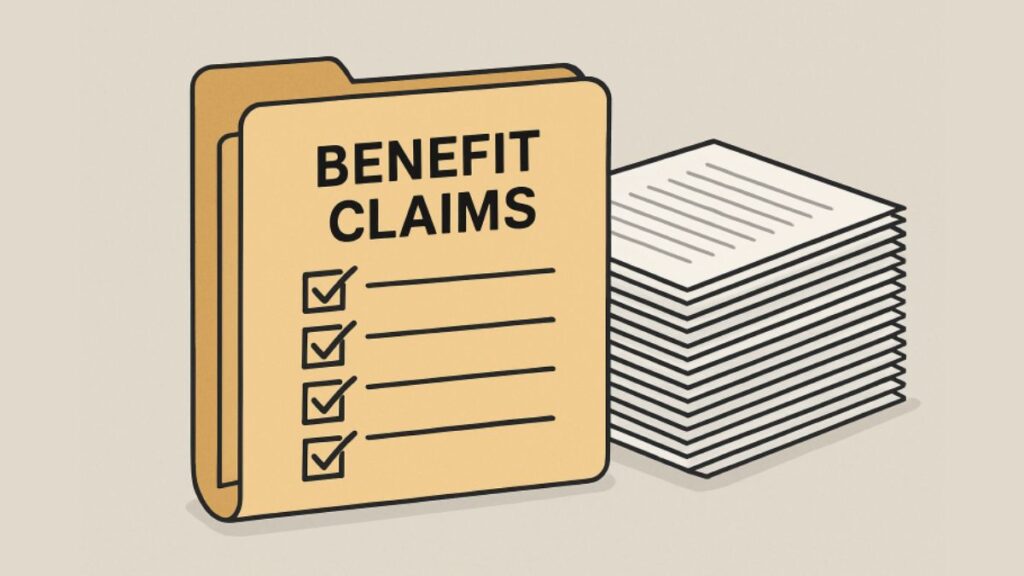Hidden Barriers in Employee Benefit Claims
Filing an employee benefit claim can seem straightforward, but many workers encounter unexpected obstacles that aren’t always visible at first glance. Benefit plans—especially those governed by ERISA—contain nuanced requirements that often trip up even the most diligent employees. For example, an employee might expect a commonly prescribed physical therapy treatment to be covered, only to discover that the plan excludes this specific service unless certain steps are followed first.
These hidden barriers can delay or even prevent legitimate claims from being approved without the proper guidance. Seeking advice from a San Francisco ERISA attorney can make the process smoother, especially when plan language is ambiguous, or claims are repeatedly denied without a clear explanation.
The Role of Documentation in Claims Success
Missing or incomplete paperwork is one of the main reasons benefit claims are denied or left unresolved. Documentation forms the foundation of any benefits claim, whether health, disability, or retirement-related. Employees often underestimate the importance of keeping receipts, lab reports, doctor’s notes, and correspondence related to their claims organized and accessible.
To improve claim outcomes, workers should start a filing system—digital or physical—dedicated solely to benefit paperwork. They should also create checklists for the types of documentation required for initial submissions and appeals. Doing so not only speeds up the process but also limits the chances of error-based rejections.
Miscommunication Between Employers, Insurers, and Employees
A persistent obstacle in benefit claims is communication breakdown among employers, HR departments, insurers, and employees. An email about plan changes might slip unnoticed, or an insurer might fail to request needed information promptly. These miscommunications can stall otherwise valid claims and cause unnecessary frustration.
Proactive communication is key: always confirm receipt of claim submissions, follow up on any inconsistencies in paperwork, and keep records of significant conversations. Employers should encourage questions about the process and maintain an open-door policy for employee benefit inquiries.
Understanding Plan Language and Policy Details
Benefit plan documents are infamous for their legal jargon and dense language. Employees who don’t fully understand what’s covered—or not—under their plan are at a disadvantage when making claims. Definitions of terms like “medically necessary” or “experimental treatment” are especially important, as they determine whether a service is reimbursed.
Use government resources like the U.S. Department of Labor’s Claims Procedure guide to navigate complex plan language. These resources break down common terms, timelines, and steps in the claims process, helping employees advocate more effectively for themselves.
The Value of Timeliness: Meeting Deadlines
Many valid claims falter because submission windows and follow-up deadlines are missed—each type of claim, whether health or disability, carries distinct filing time limits. Failing to meet these deadlines can result in irreversible denials, even if all other requirements are met.
Create a digital alert or calendar for benefit-related actions to stay on top of important dates. Use checklists from reputable organizations to ensure no crucial step is overlooked, and always double-check the fine print of your policy for relevant submission periods.
Administrative Errors and How to Address Them
Administrative mistakes—like incorrect personal details, missing attachments, or lost paperwork—remain among the most frustrating hurdles in the claims process. Such errors can happen at any stage and may cause repeated delays or outright claim denials.
Employees should review all forms before submitting them and maintain copies of every document sent or received. If a suspected administrative error is detected, contact the relevant HR representative or insurer immediately and provide supporting evidence to correct the issue promptly.
Avoiding Litigation: Alternative Paths to Resolution
While litigation gets attention, most benefit disputes are resolved before reaching a courtroom. Alternatives like mediation and internal appeals allow for faster, less adversarial resolutions. According to the Department of Labor statistics, over 40% of ERISA disputes are settled through informal negotiation or appeals processes.
When a claim is denied, request a written explanation for the decision and explore the appeals procedure detailed in your plan. Mediation—using a neutral third party—can also facilitate a mutually agreeable outcome without legal action. These routes save time and money and preserve relationships among employees, employers, and insurers.
Building Long-Term Confidence in Your Benefits Process
The most successful employees approach their benefits proactively, not reactively. To stay abreast of changes, review your plan each year—especially during open enrollment periods—and attend employer-provided workshops or webinars on benefit plan updates. Also, familiarize yourself with the appeals process early on.
Finally, stay apprised of regulatory changes in employee benefits through trusted industry publications and resources. Staying informed empowers employees to advocate effectively for themselves, reducing future hurdles and instilling confidence in navigating the often complex world of employee benefits.
Conclusion
Navigating employee benefit claims requires persistence, organization, and a clear understanding of plan details and legal protections. Hidden barriers—from documentation gaps to miscommunication or administrative errors—can overwhelm valid claims. Employees can significantly improve their chances of success by staying proactive, maintaining thorough records, and seeking guidance when needed. Alternatives to litigation, like appeals and mediation, provide practical solutions without unnecessary conflict. Building awareness and confidence in the claims process ultimately protects individual rights and fosters a more transparent and supportive workplace culture.





